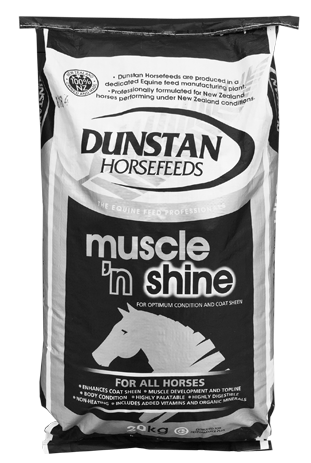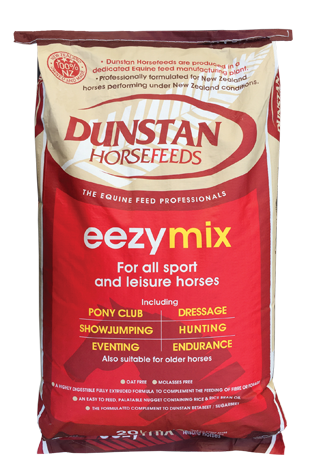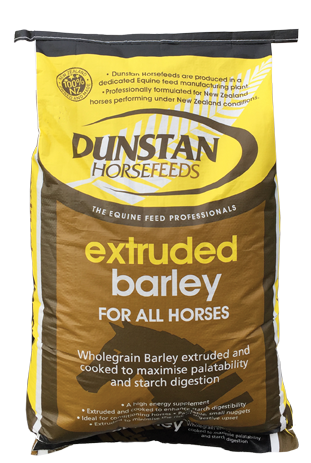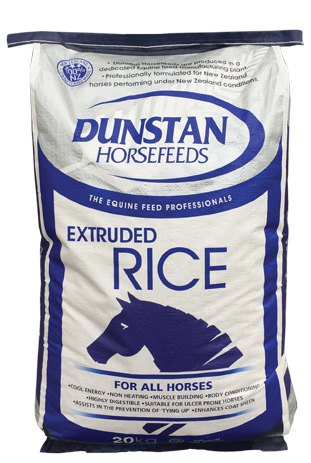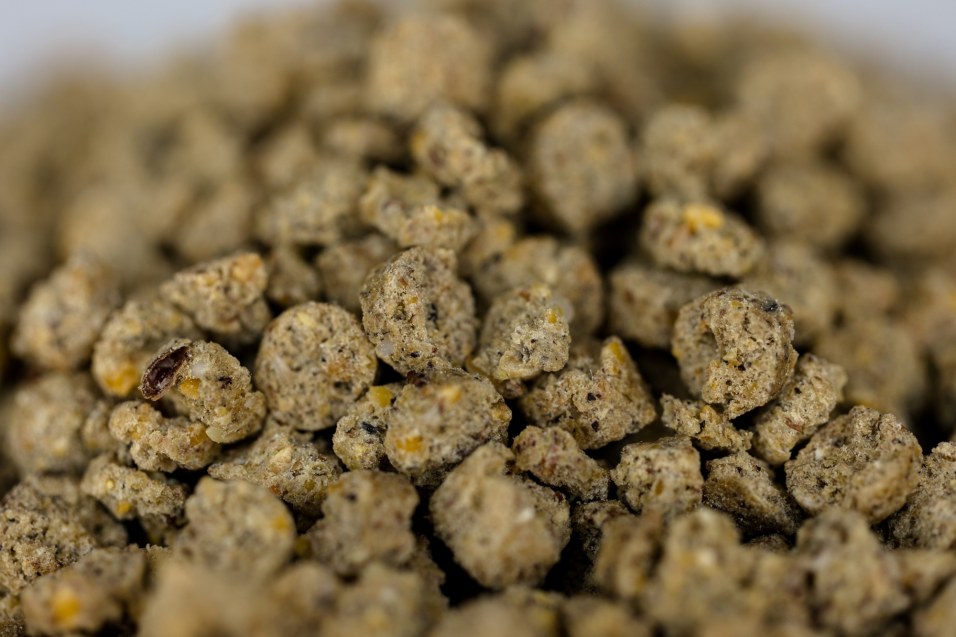
Cereal grains have been fed to horses for centuries. They provide a readily available energy source, as they are rich in starch and non-structural carbohydrates. This makes them a great supplementary feed for hardworking horses, ensuring they can perform at a high level of intensity and also maintain desirable body condition. These energy requirements are unable to be met by forage rations alone.
However, as the horse’s digestive system is designed to function best around high fibre diets, consideration must be taken when feeding high intakes of cereal grains, to achieve a balance between digestive health, performance and conditioning.
Starch, the very thing that makes grains so useful as an energy source, also poses a risk to equine digestive health if not fed appropriately. Starch that escapes digestion in the small intestine may compromise hindgut health. Excess starch in the hindgut can cause a proliferation of starch digesting bacteria, resulting in an increase in lactic acid production and a change in hindgut pH. This change to a more acidic hindgut alters the balance in the delicate microbiome increasing the horse’s risk of hindgut acidosis, colic, laminitis and potentially behavioural change.
As a result, the goal in feeding horses is to optimise pre-cecal starch digestion. There are many actions that can enhance this, including management practices around meal size, the type of grain and form in which it is fed.
Historically, crushing and kibbling grain were common practice, and although this will increase the surface area of the grain, it does not significantly increase starch digestibility.
Starch digestibility in grain is however improved with the application of heat.
Extrusion is a process where grains are ‘cooked’. In the first instance the grain is ground to a very small particle size, high levels of heat are applied to the grains through pressure and friction in the extruder barrel, and it is then “extruded” through a die whilst remaining at a high temperature.
The combination of heat and pressure in the extrusion process breaks down the structures of the starch. This ‘gelatinising’ of the starch increases its accessibility to enzymatic digestion in the small intestine, reducing the likelihood of escaped starch into the hindgut.
The extrusion process significantly increases the digestibility of starch in many grains, particularly Maize, a grain with one of the highest starch levels. Digestibility of grains after the extrusion process is increased to approximately 90 percent. This allows grains to be safely and readily used in performance horse diets.
Although the key benefit of extrusion is the improvement of starch digestion, extruded feeds also tend to have less dust associated with them. Fully extruded feeds may have an extended shelf life because of the high cooking temperature.
Extrusion is a gold standard in heat processing of cereal grains for equine nutrition. It provides one of the best opportunities to maximise the benefits offered by energy-dense grains while also taking into consideration the unique requirements of the horse’s digestive system.


